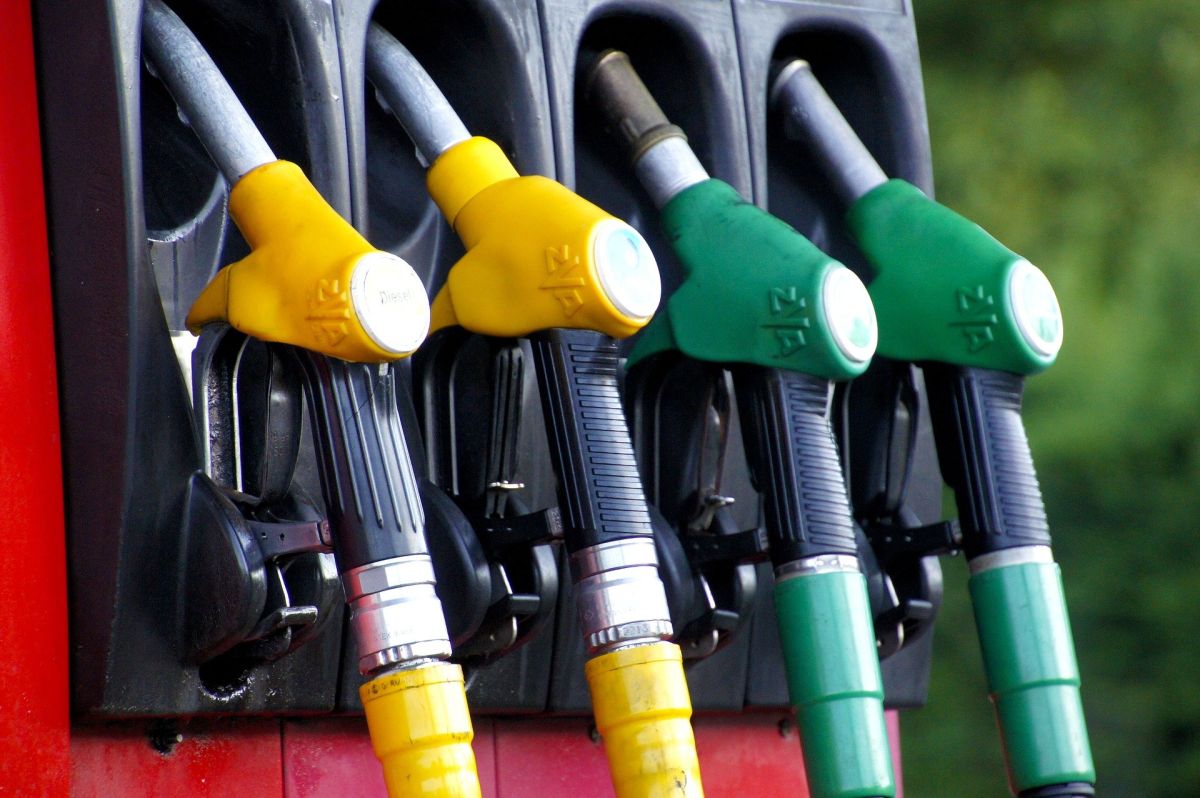The consumer price index published by the Bureau of Labor Statistics on Thursday showed that all categories, including merchandise, services, food and energy, increased much faster than the estimates held by the central bank.
And it is that the demand of consumers and companies in the US has increased faster than manufacturers and suppliers can satisfy it, which has caused problems of shortages and upward pressure on all prices, including energy prices.
According to the Consumer Price Index report, the energy index increased by 27.0% in the last 12 months.
The gasoline index rose by 40.0% in the last year, despite the drop in January. The natural gas index increased by 12.9% in the last 12 months, and the electricity index increased by 10.7%.
It should be noted that the problem of excess demand (or lack of supply) manifests itself in other advanced countries, not only in the United States.
The Federal Reserve and other central banks cannot make prices fall only by increasing supply a lot in the short term, so they must also slow down the growth in demand so that supply has a chance to catch up.
In other words, they should make people and companies spend less, and that is why the Federal Reserve will increase interest rates from March.
This will lead to slower growth in oil consumption, possibly starting at 2023. And it is estimated that until then there will be conditions for prices to fall.
When the growth of oil consumption slows down, especially in the more developed economies, this will cause there to be fewer increases in prices.
Increase cycles Federal Reserve interest rates that started at 1994, 1994, 2004 and 2016 caused a slowdown in oil consumption and a drop in oil prices.
You may also be interested in:
– Salaries are not increasing at the same rate as inflation, experts say
– Cereals and bread are the products that increased the most in price last month
– Inflation in the US: how it affects your savings
